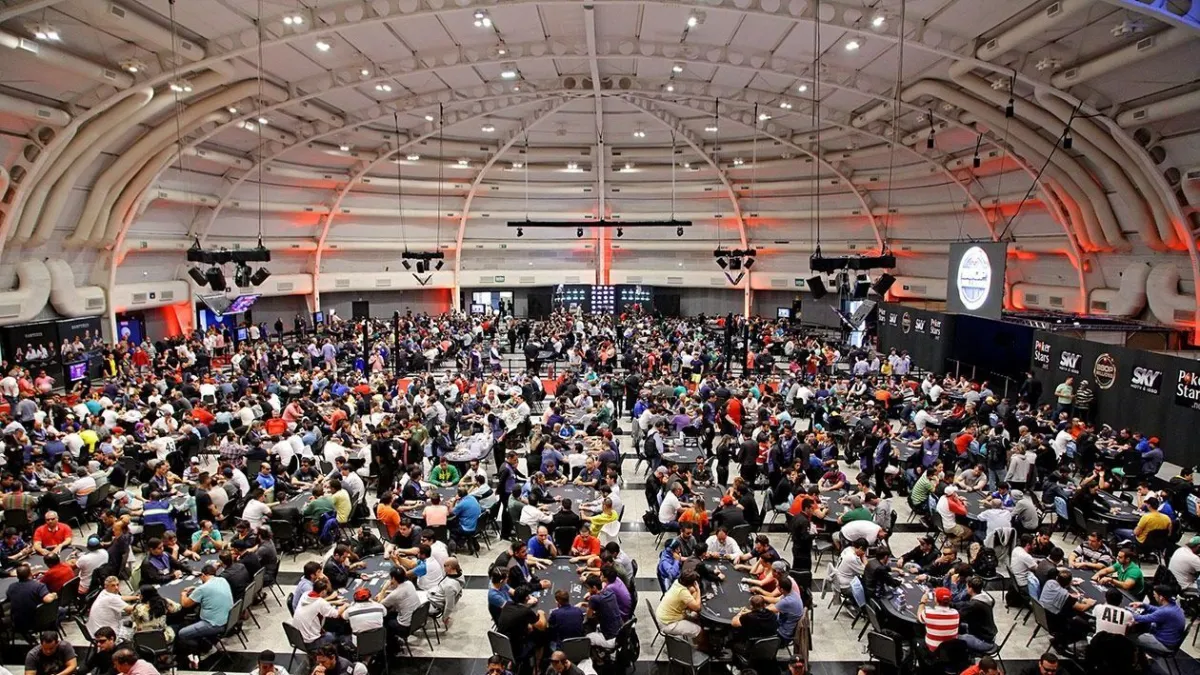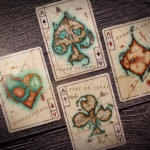In a world of screens and avatars, there’s something deeply visceral about sitting at a table, looking a stranger in the eye, and shuffling real cards.
It’s striking how, in a time when most connections happen over Wi-Fi, live poker still resists — and thrives — as a space for genuine human interaction.
I’m not just talking about the exchange of chips, but about something older and more essential: sociability.
♦ Silences That Speak
At a live tournament, the silence between hands speaks volumes.
It’s in the ritual of stacking chips, the soft clink of cards, the raised eyebrow of a stranger across the table, that a silent — yet deeply human — language emerges.
Unlike online poker, where everything happens through clicks, live play demands full presence.
You see and are seen. You breathe together. You read others and allow yourself to be read.
It’s a collective theater where everyone plays the role of both the player — and the witness to human behavior.
♠ The Game as a Social Bridge
Poker is one of the few activities where complete strangers sit side by side for hours, sharing laughter, frustration, stories, and subtle camaraderie.
The table is democratic: there are entrepreneurs, students, retirees, immigrants, artists — all equalized by two cards and a shared desire to win (or at least play well).
This kind of forced — yet voluntary — coexistence creates unexpected bonds.
How many friendships have started after a well-timed all-in? How many couples met between bets and nervous giggles?
In a fragmented world, live poker becomes a ritual of connection. A space where time slows down, active listening returns, and people recognize themselves in each other.
According to sociologist Erving Goffman, group card games serve as “micro-spheres of ritualized interaction,” where social norms are constantly negotiated — fostering a sense of belonging and mutual recognition (Goffman, Interaction Ritual, 1967).
♥ Affection, Empathy, and Reading the Room
Poker isn’t just about calculating pot odds.
It’s about exercising empathy, intuition, listening, and emotional control.
It’s about developing the ability to understand feelings without them being spoken — a rare and precious skill in an era of hypertext and superficiality.
A study by Laval University (Canada) shows that experienced poker players possess significantly greater “nonverbal decoding skills” than the general population — suggesting that poker enhances emotional reading and social sensitivity (Baron et al., Journal of Nonverbal Behavior, 2016).
And those skills are transferable.
Players who are used to live tournaments tend to be better listeners, sharper observers, more skilled negotiators — not just at the felt, but in life.
♣ The Community Beyond the Table
Perhaps the most beautiful aspect of live tournaments is the community they create.
They bring reunions, inside jokes, silent codes. It’s the comforting knowledge that — in different cities, on distant continents — there’s always a table where you’ll be recognized, not by your chip stack, but by your smile.
As James McManus writes in Cowboys Full: The Story of Poker (2009), poker is more than a game — it’s a complex social environment where performance, reputation, and affection constantly intersect.
Poker, in the end, is just the backdrop.
What’s really being played, between one hand and the next, is the chance to belong.
Bibliographic References:
- Goffman, Erving. Interaction Ritual: Essays on Face-to-Face Behavior. Anchor Books, 1967.
- Baron, R., Roy, R., & Bouchard, S. (2016). Poker Expertise and Nonverbal Sensitivity: Decoding Emotions at the Table. Journal of Nonverbal Behavior, 40(2), 131–147.
- McManus, James. Cowboys Full: The Story of Poker. Farrar, Straus and Giroux, 2009.
- Reith, Gerda. The Age of Chance: Gambling in Western Culture. Routledge, 1999.










